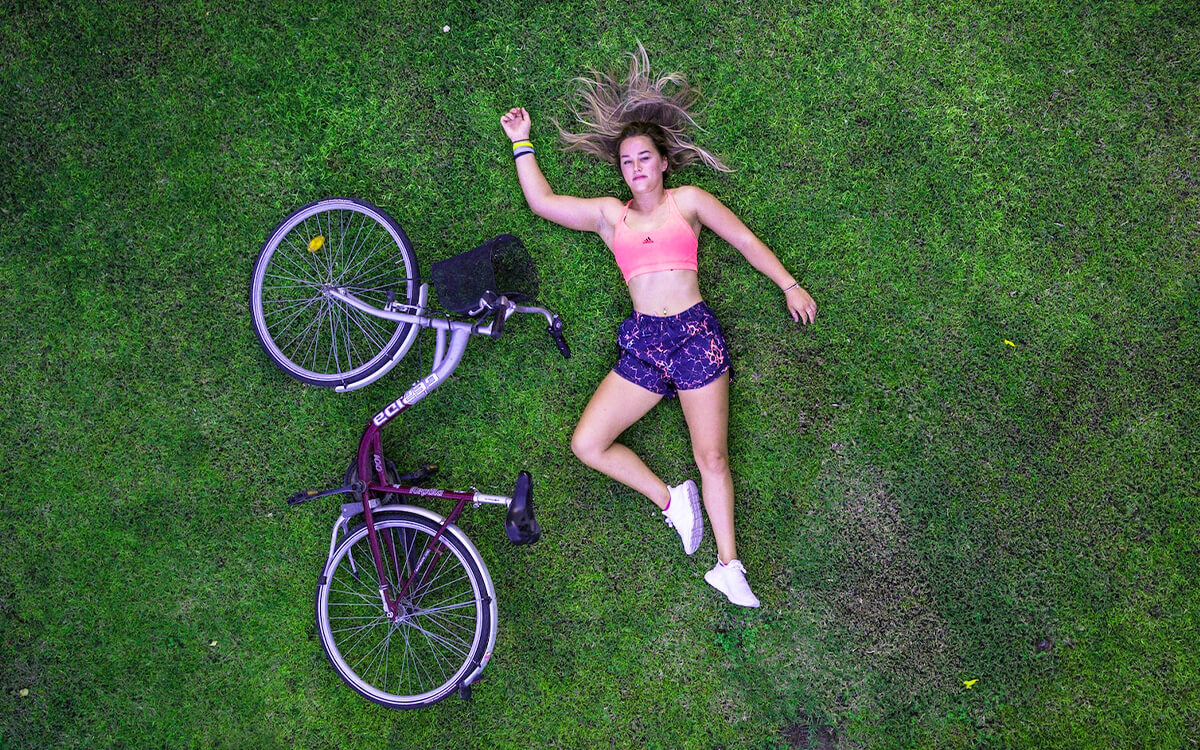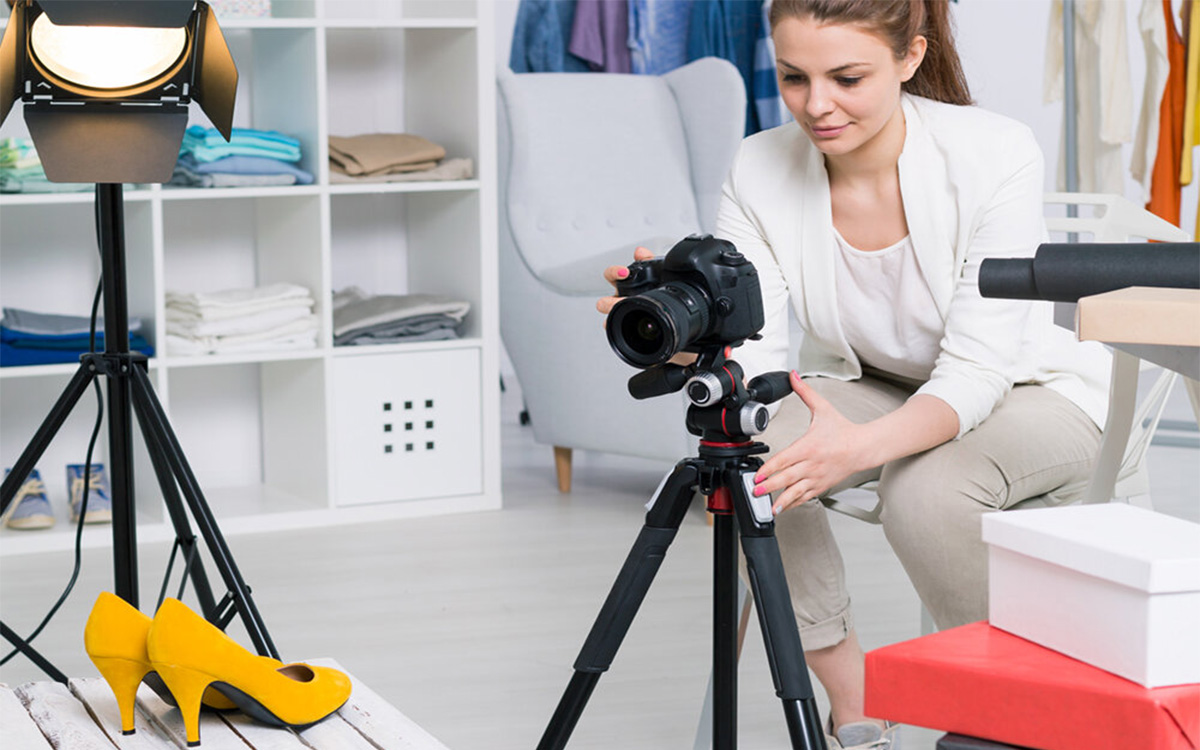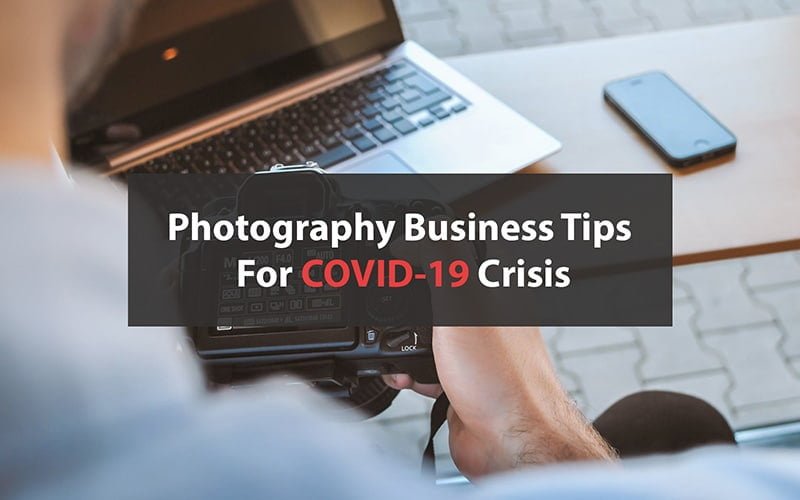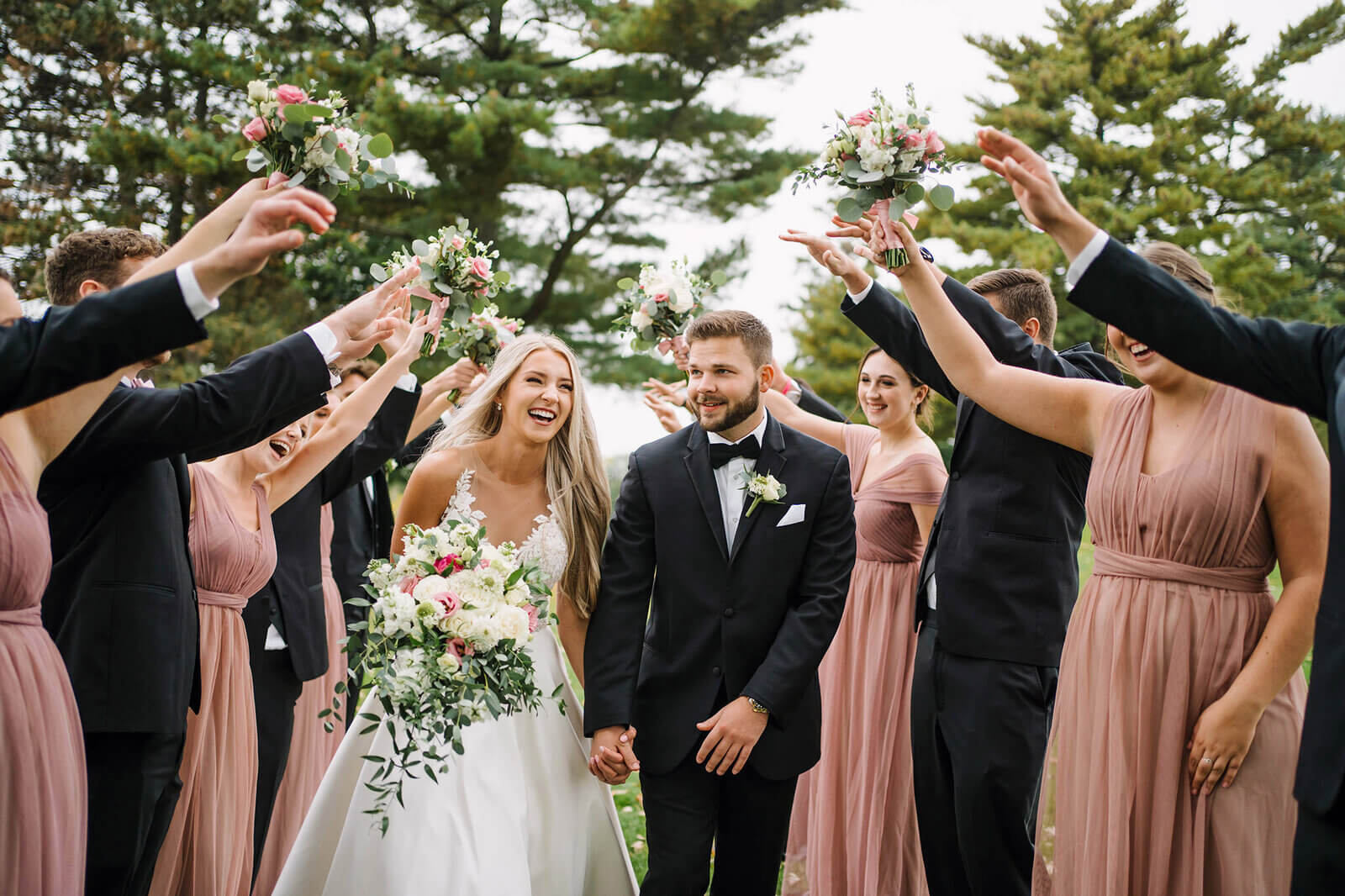Whether capturing images for Instagram posts, Facebook ads, or eCommerce sites, top-down photos have gained much popularity. This simple style of photography has proven to be more effective for product promotion for both small and large business owners.
Here you will get a brief idea regarding top-down photography and some ideas to capture professional quality top-down photography.
So without further ado, let’s dive in.
What you’ll learn in this article
- 1 What is top-down photography?
- 2 Top-down, flat lay, and overhead photography – What’s the difference?
- 3 For what and for which purpose is top-down photography popular?
- 4 Professional photographer tips: How to take a perfect top-down photo?
- 5 Top down photography setup equipment – What do you need for top-down photography?
- 6 How to set up the camera for top-down photography?
- 7 Important FAQs about top-down photography
- 8 Final Words
What is top-down photography?
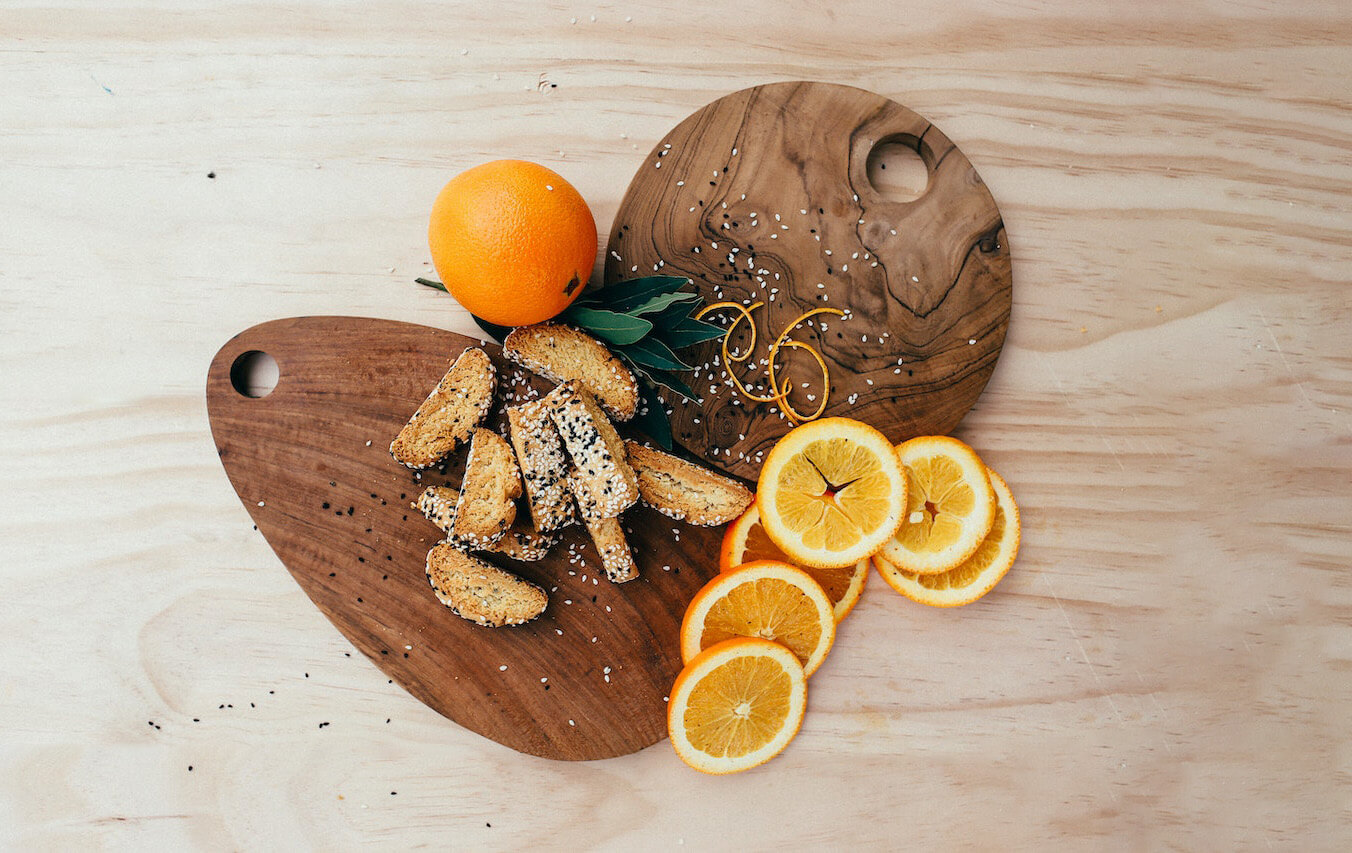
Top-down photography is a technique of taking pictures in which the camera is positioned 90 degrees above the subject, and the image is taken from above to capture the subject’s top surface.
This type of photography is quite popular for social media use, such as on Instagram, Facebook, Pinterest, and many others, for its unique aesthetic and pleasant appearance.
Top-down, flat lay, and overhead photography – What’s the difference?
Whenever photographing from above is concerned, the terms top-down, flat lay and overhead are used interchangeably. But are all three of these terms the same?
Although their use and purpose have some similarities, there are some subtle differences that set them apart from one another.
Let’s look at how these categories of photography differ from one another.
| Photography Type | Definition | Purpose |
| Top-down | This type of shot is taken at a direct 90° from above. | It’s usually used in various sectors, including food, apparel, gear, etc., to give an idea of the stock or accessories related to a product. |
| Flat Lay/Overhead shot | This type of shot is taken from above directly or at an angle of around 90° to give a bird’s eye perspective. | It’s mostly used in food and fashion photography to convey a story related to the product. |
For what and for which purpose is top-down photography popular?
Top-down photographs are quite popular in almost every sector. The unique perspective of this style of photography adds a different dimension to the images. This genre of photography is significant for attracting viewers, especially for social media influencers, eCommerce merchants, visual content creators, business owners, photographers, and a variety of other people.
The list below includes some of the well-known sectors that use top-down photography.
Top-down food photography

The top surface of the food items is where you’ll find all the appealing aspects, such as texture, color, presentation style, and other mouth-watering attributes. So, which better photography technique can make a food photo look tempting other than a top-down shot?
In particular, foodstuffs such as pizza, soup, spaghetti, noodle soup, cake, donuts, cookies, and many other items usually have different types of colorful toppings and garnishes on the top layer. That’s why top-down photography is popular for taking food shots to capture the details and other intriguing features of the food to make the viewers drool over seeing the images.
Top-down product photography
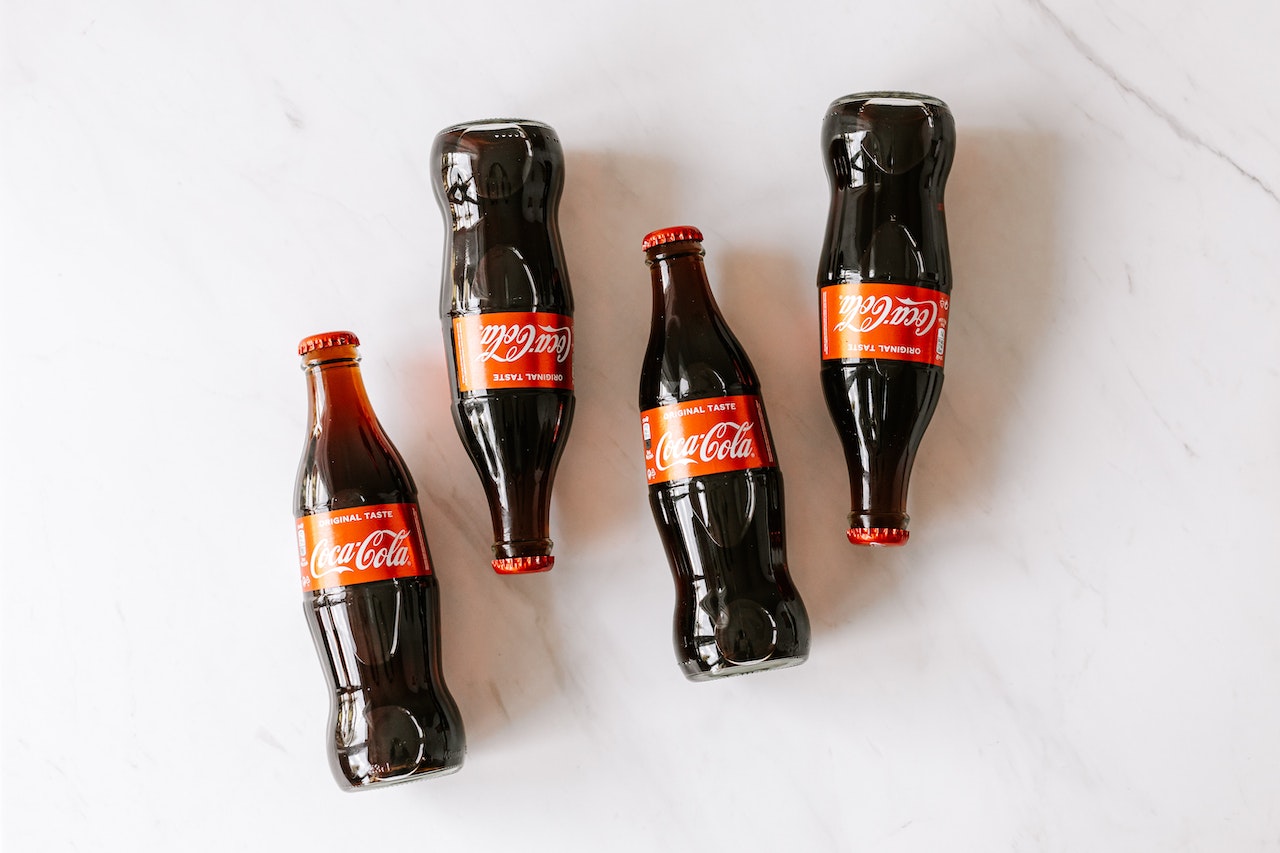
Beautiful product images are a must for any eCommerce retailer or business owner who wants to persuade customers to make a purchase decision, particularly for social media marketing. Since top-down product photography has gained popularity among social media users, it is one of the most used techniques that almost everyone prefers to promote their products on social sites.
Jewelry, cosmetics, skincare, apparel, accessories, and a wide range of other products can all be presented in a captivating way through top-down shots. This type of shot’s neat and well-organized style makes the products appear aesthetically pleasing and highlights their most delicate details.
Top-down box photography
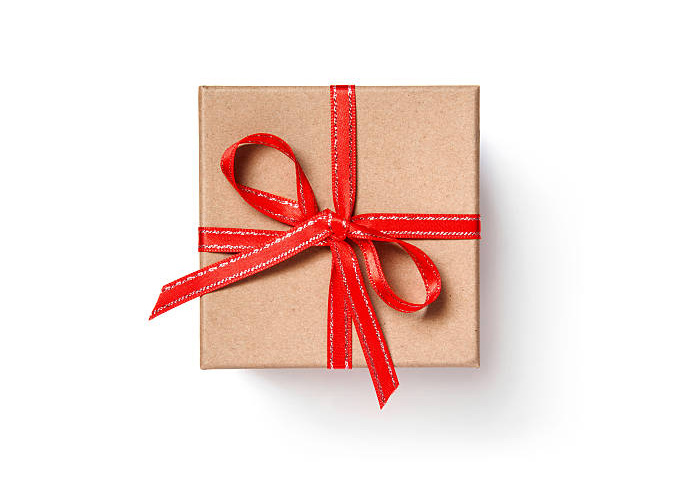
A box is vital in sending customers products, gifts for birthdays, anniversaries, or Christmas, and many other purposes. Usually, the ribbon and other decorative accessories are used at the top of the box. Besides, customers love to see how their products are packaged before delivery.
As the image of a beautifully wrapped box has a different aesthetic, box photography heavily relies on top-down photos. Apart from gifts and products, this type of photography is also in demand for food photography, such as in decorating a lunchbox.
Top-down dishware photography
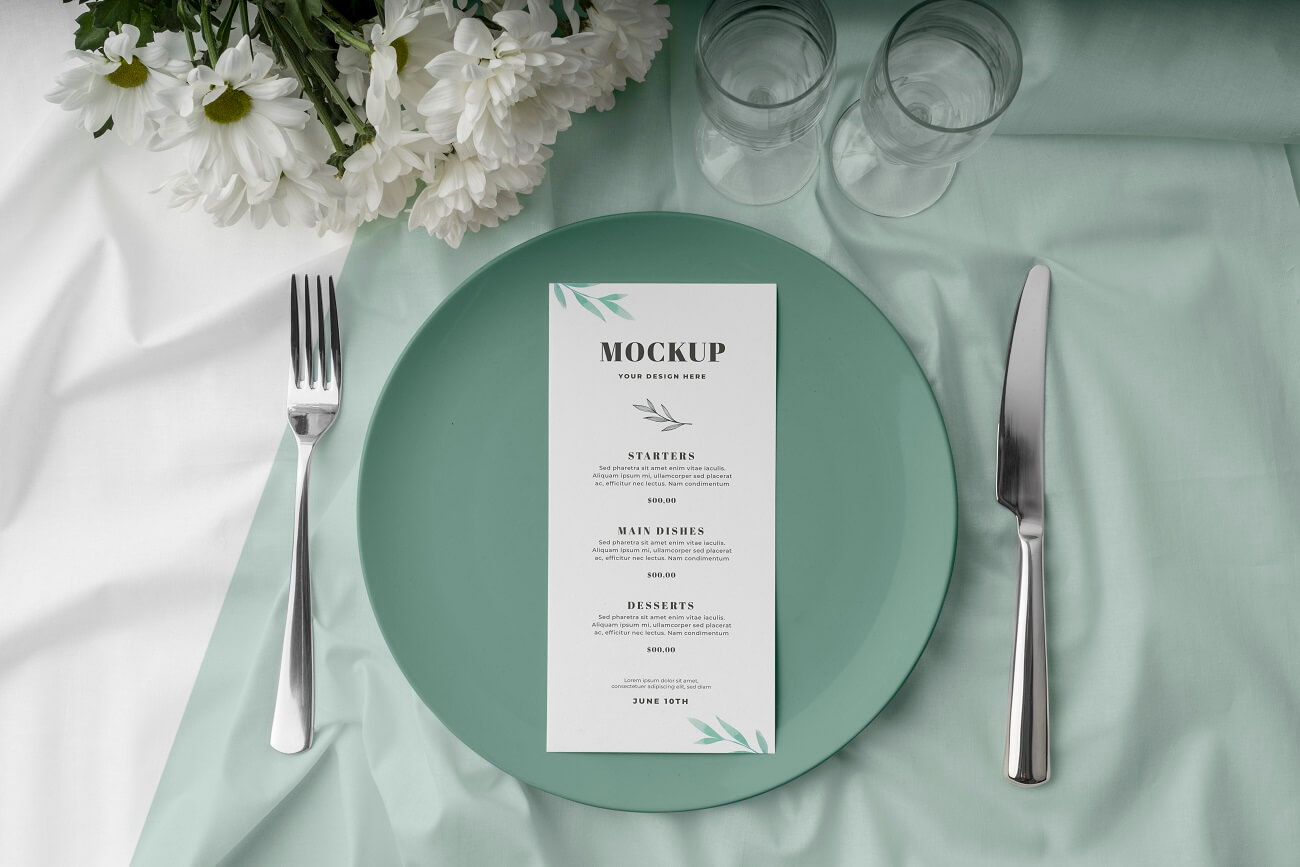
Dishware is a necessity for everyone, from ordinary people to restaurant owners. Dishware is produced using various materials, including glass, ceramic, porcelain, clay, etc., and is available in different geometric shapes, including square, round, and some abstract ones. On top of that, some kitchenware is plain, whereas other kitchenware has prints, patterns, or engravings.
The design, shape, and texture are the primary elements that make the tableware attractive. Since all these attractive features remain on the top surface of the dishware, they are best viewed from a top-down perspective.
Professional photographer tips: How to take a perfect top-down photo?
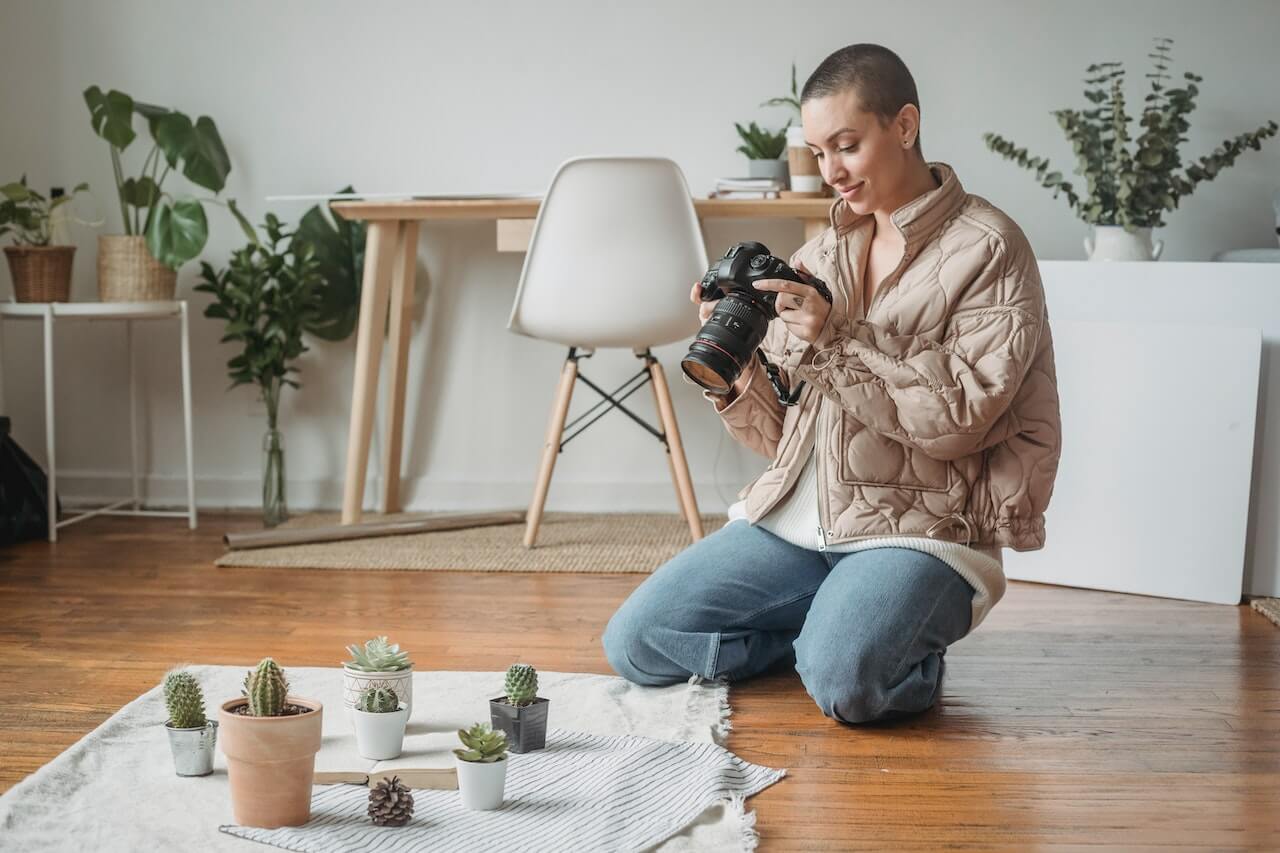
Every type of photography has some distinctive ways of shooting that enhance the quality of the images. So, knowing some of those ways will undoubtedly come in handy.
Let’s explore some ideas and tips that can elevate your top-down photography to a professional level.
Use a full-frame camera
The camera you choose significantly impacts how good your pictures turn out. Since the primary goal of capturing top-down images is to draw attention to the subject’s details while keeping them subtle, the photos ought to be crisp and high-quality.
A mirrorless or full-frame camera is the most suitable option that one can choose for a top-down photoshoot due to its clarity, sharpness, and ability to maintain a lens’s image angle. The benefits of a full-frame camera include-
- Cover larger area
- Even in low light, take sharp images
- Image doesn’t get cropped
- Captures more detailed, full-resolution images
- Lens’s image angle remains the same
- Smaller depth of field makes the subject stand out from the background
- Larger pixels increase the light sensitivity of the sensor and capture more light
Use a wide aperture lens
Another crucial factor in capturing stunning top-down images is the proper use of the lens. Usually, the majority of professional photographers prefer using a 50mm lens. The fact that this lens captures the minor details in an image and ensures that everything is in focus is by far its greatest advantage. The other benefits include-
- Focal length is closer to human eyes
- Great for short-distance photoshoot
- Doesn’t cause lens distortion
- Allows more light into the camera’s sensor
- Faster shutter speed removes the effects of camera shake on the image.
- Lightweight and smaller size make camera mounting convenient
Use Tripod
Since the camera must be 90 degrees above the subject for a top-down photograph, some photographers elevate their positions using chairs or other objects while still holding the camera in their hands. The downside of this technique is that it causes the camera to shake.
Camera shake is a major concern in the case of capturing top-down photos. Since this kind of image should be sharp, the camera should be steady while shooting to prevent causing blur. Every professional photographer heavily relies on a tripod for shooting top-down images because-
- Keeps the camera stable
- Capture clear and sharp images
- Keeps the camera in its position
- Frees up the hands for other uses.
- Allows remote operation of the camera
Experiment with different light setups
You can use both natural and artificial lighting setups for your top-down photo shoot. For using natural light, place a table or the surface on which you have planned to shoot near a window with soft light coming in at around 45°. Also, use reflectors to avoid experiencing shadows.
In the case of artificial light, you can use one or two lights at 45°. Make sure to position the lights below the camera as higher angle lighting gives a flat appearance to the subject. The main advantage of artificial light is that you can control its intensity. Moreover, reflectors are also necessary for such settings to reflect light back and eliminate shadows.
However, you can use a backlit table for professional quality clothing photography. The best part about this table is that it has a camera mounting option, adjustable side lighting, along with backlighting, making it the perfect tool for a top-down photoshoot setup.
Follow composition rules
Composition is the key element that either makes or breaks the appeal of an image. That’s why keeping the composition neat, simple, and organized is crucial. You should create your composition by adhering to the composition rules if you want to guarantee a high-quality final product.
The central composition and the rule of thirds are two of the many compositional guidelines that are widely used. However, for small products or food photography, the golden triangle rule and the rule of odds are highly effective in making the subject the focal point of the image.
Following these compositional rules is easy; all you need to do is enable the grid lines in your camera’s settings, and then nine evenly spaced square boxes will appear on the screen to guide you with your composition. For a central composition, position your subject in the middle square, and place it in either the left or right third for a rule of thirds.
Use props
Props are often misunderstood as an unnecessary element that might draw attention away from the main subject. However, they are another vital element that enhances the visual appeal of an image.
Props help to add color, depth, texture, and a sense of balance to the frame. Besides, it complements the subject by providing a narrative that gives the images a more captivating appearance.
In the case of food photography, the main ingredients can be used as a prop. For clothing photography, accessories that go well with the clothes can be used. Flowers, leaves, stones, etc., are examples of natural objects that make excellent props. However, refrain from using too many props, as this will make the composition cluttered and unappealing.
Use simple background
An image’s background alone can give it both a clean and sloppy appearance. For this reason, it is recommended to use a simple background for a top-down shot to hold the focus of the viewers on the subject.
For the background, you can pick from options like white, beige, pastel, or other light shades of paper, fabric, or cardboard. Apart from these plain backgrounds, you can try wooden or marble patterns. Always opt for light backgrounds as they will highlight the product’s best qualities and brighten the composition.
No matter which color you choose, make sure the background color complements the product. In other words, use contrasting colors so that the product doesn’t get blended with the background. Most importantly, avoid using bright colors, glossy, or colorful patterns as backdrops, as they will draw attention away from the product.
Keep negative space
The blank space around the subject in the composition is regarded as negative space. Often, you may feel the urge to fill the blank space with props, place the products closer to each other, or crop the image to minimize the blank space, which eventually makes the composition cluttered and unappealing.
Although negative space may appear to be an undesirable component, it also has some incredible benefits, including-
- Gives the component breathing space
- Making the composition look organized
- Provides a soothing effect on the eyes
- Draws attention to the product
- Gives space for inserting text and logo
Top down photography setup equipment – What do you need for top-down photography?
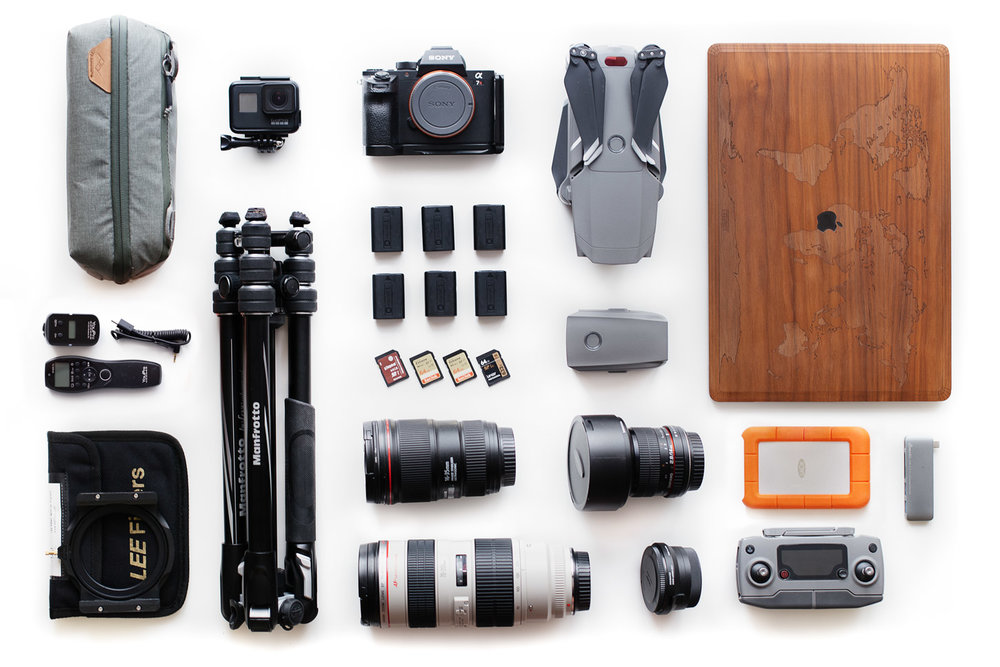
You need to have the appropriate types of equipment to shoot photographs successfully. The following section will guide you regarding the top-down photoshoot setup equipment.
Camera
The camera should be selected considering the type of photography and the setting you are going to use. There are different types of cameras, such as compact, DSLR, mirrorless, traditional film, and so on.
However, all these cameras are not compatible with every type of photography. For top-down cameras, mirrorless and DSLRs are commonly preferred.
Lens
Every lens type has a different focal length that makes it suitable for a particular kind of photography. That is why you can’t shoot every type of photography with a single lens. So, you should select the lens after considering your intended use. For top-down images, wide-angle lenses are mostly preferred. However, you can also use a standard lens.
Lighting
Consistent lighting is essential for a top-down photo shoot. That’s why using artificial light can be a wise decision. However you can use natural light, but the light should be less intense.
For natural light, the light during early morning, such as around 10 am, and late afternoon, like 4 pm, is ideal as the light is softer and falls at an angle.
Accessories
Among the accessories, the notable ones are reflectors, modifiers, and a remote trigger. Harsh light creates harsh shadows that make the images look unappealing. So, it is vital to balance the intensity of the light and spread it evenly through a modifier or diffuser.
Besides, light from a specific direction can cast shadows in the opposite direction. So, using a reflector helps to bounce back the light onto the composition and make the shadows a bit softer and look natural. Moreover, a remote trigger helps to press the shutter button without causing any motion to the camera, which reduces the chance of creating a blurry image.
Tripod
The tripod is the most crucial piece of equipment for top-down photos. It makes the camera stable and helps capture a sharp image. Besides, it maintains a constant camera position that ensures a perfect 90-degree angle.
Camera mount or C-Stand
In addition to using a tripod, there are two other options for a top-down camera mount: a camera mound and a C-stand. The most significant advantage of using these tools is that they can also be used as a light stand. So, you can use them to mount your camera and set up additional light sources if needed.
Surface & Backdrop
The surface on which the products will be placed should be flat and sturdy enough to hold products in place. If you use a camera mount, it should have the capacity to carry the weight of the camera and the lens.
In addition to that, simple backdrops like plain soft colors or natural patterns such as wood, marble, etc. should be used to keep the composition minimalistic.
How to set up the camera for top-down photography?
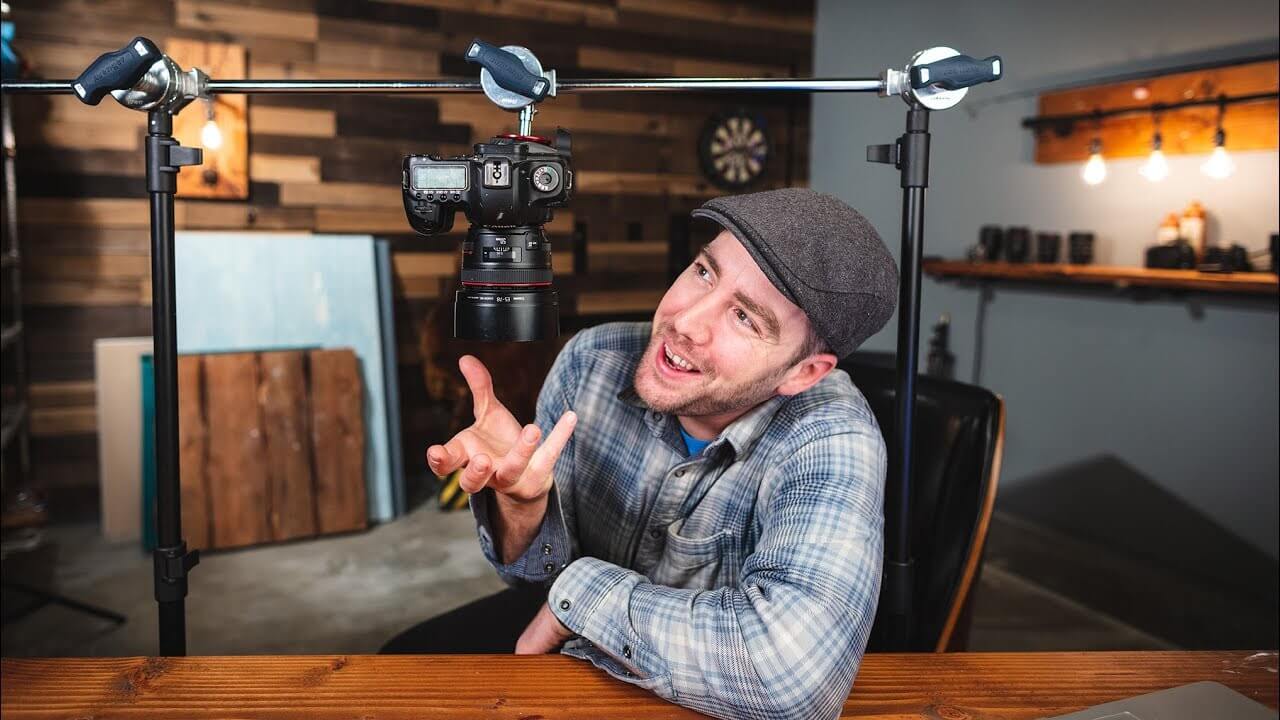
Setting up the camera is the most crucial task for a top-down photoshoot. Whether you have fancy gear or a simple smartphone, the following section will help you with the top-down photography setup.
Setup with gear:
Select backdrop & arrange the products: The first step is to organize the products on the background you will use. So, choose your desired backdrop, place it on a sturdy flat surface, and then arrange the products as you see fit.
Mount the camera: The next step is to mount the camera. You can use a tripod with an extendable central column that can rotate horizontally and vertically from 0° to 180°, a C stand, or a camera mount to set the camera with the lens directly above your product.
Hook-up a monitor: It is difficult to see how the composition looks or whether some change is needed in the composition when the camera is set above. So, to view the composition in the shot, you have to attach a monitor to your camera.
Setup the lighting: Lighting is the most crucial component of the photography setup. Both natural and artificial light work well for top-down product photography. However, natural light has some disadvantages, as the intensity may suddenly vary if a cloud passes by or the sun goes down. So, along with natural light, place an artificial light at 45 degrees to make the light consistent.
Place modifiers & reflectors: Place modifiers in front of the light source to soften the light. Also, use a reflector or bounce card to reflect back the light to soften the shadow.
Click the image: After ensuring all the above steps are followed, you are ready to take the shot. If the camera is not set too high, then you can press the shutter button. However, pressing the shutter button can sometimes cause the camera to shake, so it is better to use a wireless shutter release or remote trigger.
Setup without gear:
Choose a spot next to a window: First, pick a window with enough diffused light. Make sure to avoid the broad daylight as it’s too intense. Also, the light should fall at an angle rather than directly on the object.
Arrange product: Place the backdrop on a sturdy platform and arrange the product as per your choice.
Use diffuser & reflector: You can use a sheer white curtain as a modifier to diffuse the light. Also, place white cardboard on the opposite side of the light to reflect back the light so that the shadow gets softened and creates a realistic-looking shadow.
Take the shot: You can use both a camera and a smartphone to take the shot. Simply hold the camera or smartphone at a 90-degree angle above the subject and press the shutter. You can stand on a chair and then take the shot to elevate your position. The second option is better as you can clearly see the camera’s screen.
Important FAQs about top-down photography
How do you take overhead/top-down pictures without shadows?
The best way to prevent shadow formation is to place the light source below camera level. You can also use a reflector to illuminate the darker areas of the frame and make the shadow less evident. Besides, capturing images facing the light is another way of avoiding shadows.
How do you take overhead/top-down shots on iPhone?
You can capture overhead/top-down shots on an iPhone pretty easily with the help of a camera mount. Simply set the camera mount on the table you will be using for the shoot and then attach the smartphone clamp to the camera mount. After installing the iPhone, you can position it at 90 degrees over your subject to shoot a top-down image.
How do you make an overhead/top-down camera mount?
To make an overhead/top-down camera mount, you have to take a bolt and thread it into an insert. Then secure the bolt with a nut once it comes out through the other end. Make sure to tighten the nut with a wrench. After that, insert it into a piece of conduit. Now you can install it on your camera and connect it to the connector of your C-Stand.
Final Words
Top-down photos are easy to capture, but it takes practice to master this art. Although it can be captured with both smartphones and professional gear, it is recommended to use the necessary gear mentioned above to get professional quality.
We hope that the aforementioned information will help you to take top-down photos for your upcoming projects.
